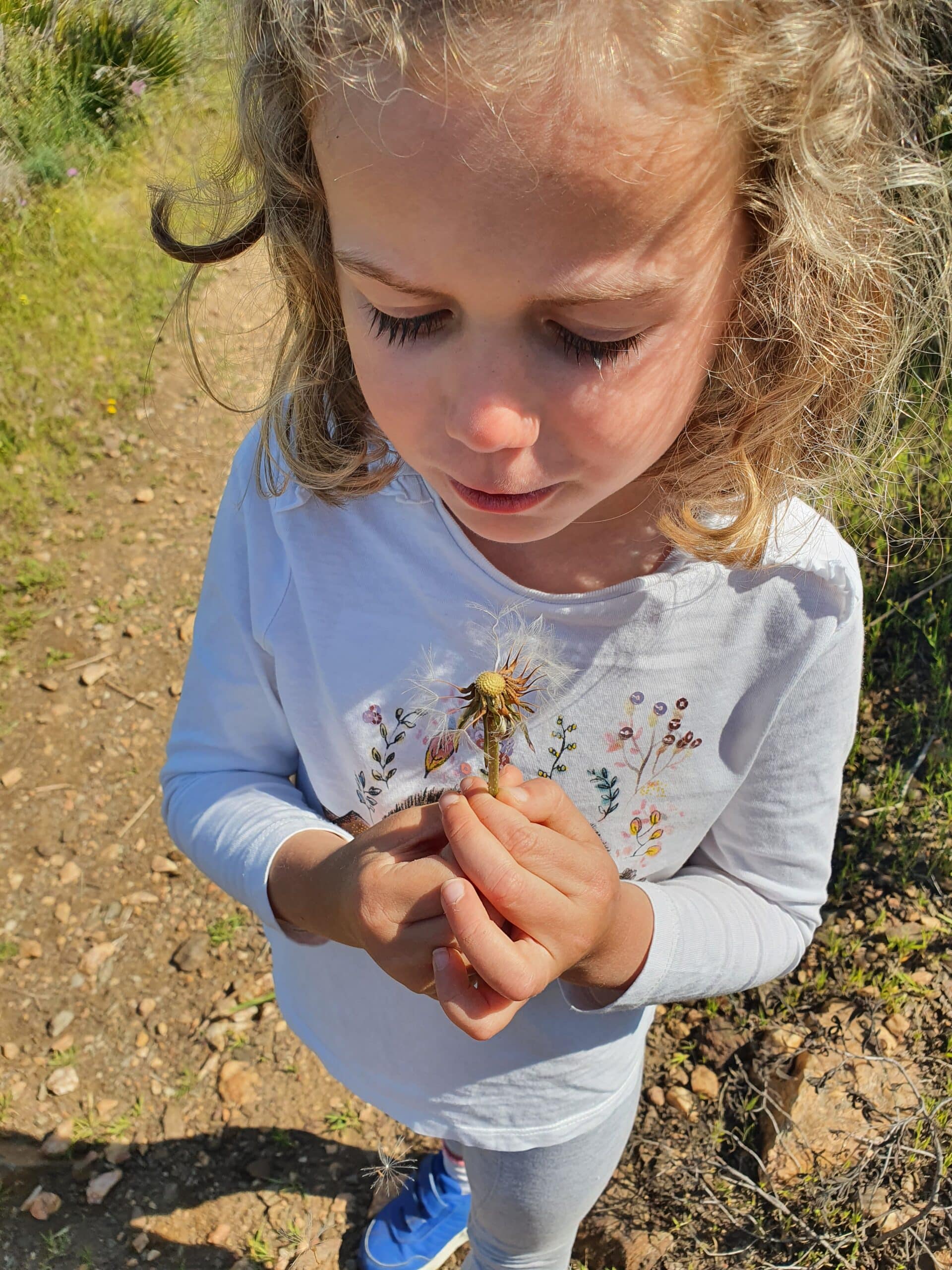
Boost your family’s immune resilience with these 3 key strategies: optimise the diet, manage stress, and supplement with immune-boosting nutrients.
#1 Build immune resilience with (healthy) food
Food is medicine. It is safe (you can’t overdose with food), widely available and better fit for the immune system to work optimally. What is that so? Well, the immune system is not just about white blood cells. It is actually a complex network of cells, tissues, organs and the gut microbiota all working together to mount a coordinated response to an invader. The combination of nutrients in food are designed by nature act upon multiple systems and organs so that they can work better individually and with each other. Hence, food seems to be the best way to boost natural defences.
#2 Make positive health-promoting choices:
- Avoid simple sugars (sugars and simple carbohydrates weaken the ability of white blood cells to fight infections(1))
- Make a daily fresh smoothie for the family
- Add 2 extra portions of vegetables to your main meal
- Consume an handful of immune-boosting Brazil nuts
- Add infection fighting spices and herbs to your meals
- Take some time off and practice deep breathing or follow a guided meditation
- Practice gratitude (the most powerful immune boosting feeling(2))
- Exercise even if you are house-bound
- Rest properly and keep a good sleeping routine
- Supplement some key nutrients such as vitamin D3 (see below)
#3 Key nutrients with immune supporting roles
Coincidentally, these key nutrients tend to be on the low end because of seasonality (vitamin D), poor soil content (selenium) and/or low intake of fruit and vegetables (vitamin C and fibre). Remember #1 is to eat a rainbow, that is a colourful plate of fresh, unprocessed foods, wholegrains with some good quality protein. In some cases, it may be sensible to supplement key nutrients for a period of time. Always check with a qualified health practitioner before starting a supplemental regime.
Below a summary table of key nutrients for immune support (according to evidence) and foods where they are found in large concentrations. Be inspired and feel the power of a positive mindset and healthy foods.
Nutrients for Immune Support*
| Zinc Key nutrient for barrier defense (skin and mucosal membranes) (4) Needed for thymus to work properly | Plant foods to look for: Pumpkin seeds, sesame seeds, lentils, beans, chickpeas, almonds, cashews, quinoa, spinach, wholegrains |
| Selenium Inhibits replication of virus (5) Anti-inflammatory (5) Anti-mutagenic (shown to reduce viral mutations) (4) | Plant foods to look for: Brazil nuts, quinoa, barley, brown rice, sunflower seeds, sesame seeds, flaxseeds |
| Vitamin C Inhibits viral replication (SARS-CoV-in mice, influenza, rhinovirus) (6) Antioxidant, minimise flu-like symptoms (7) Lowers duration, intensity of common cold (3) | Plant foods to look for: Green leafy veg, broccoli, Brussels sprouts, cabbage, peas, bell peppers, parsley, dill, thyme, rosemary, oranges, lemons, grapefruit, berries, kiwis |
| Vitamin D Barrier defense (lungs, eyes, gut) (4) Anti-inflammatory (8) Anti-replicative effects (9) (10) | Plant foods to look for: Mushrooms (wild or exposed to IV light): chanterelle, Portobello, maitake, morel, shiitake, chestnut mushrooms Fortified nut milk and yogurts |
| Foods for the microbiota Gut microbiota regulates vitamin D metabolism (11) Gut microbiota helps maintain a healthy immune mucosal response (12) | Plant foods to look for: Leek, onion, garlic, apples, beans, cabbage, root vegetables, nuts and seeds, flaxseed Fermented foods: sauerkrauft, natural fermented yogurt (from cow’s milk or plant-based), miso, pickled vegs (non-pasteurised or better home-made!), raw unfiltered apple cider vinegar, kombucha, kimchi |
*Note that only plant-foods are listed here. Some animal foods may be rich in the nutrients above
References
1.http://citeseerx.ist.psu.edu/viewdoc/download?doi=10.1.1.1034.3537&rep=rep1&type=pdf
3. http://www.ncbi.nlm.nih.gov/pubmed/31963293
5. http://academic.oup.com/advances/article/6/1/73/4558052
6. http://www.ncbi.nlm.nih.gov/pubmed/23700397
7. http://www.ncbi.nlm.nih.gov/pubmed/10543583
8. http://www.clinicaltherapeutics.com/article/S0149-2918(17)30235-7/fulltext
9. http://www.bmj.com/content/356/bmj.i6583
10. http://europepmc.org/article/med/20219962
11. http://www.frontiersin.org/articles/10.3389/fimmu.2018.00408/full



